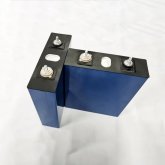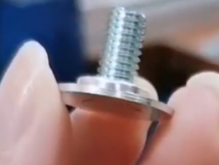Michael B Caro
Solar Wizard
- Joined
- May 21, 2020
- Messages
- 1,194
My supplier with your choice of M6 or M8 studs at no extra charge not only has Lishen 272ah,but also:
Lishen 202ah
Catl 202ah with QR code
Catl 271ah with QR code
and 310ah without QR code
Lishen 202ah
Catl 202ah with QR code
Catl 271ah with QR code
and 310ah without QR code






